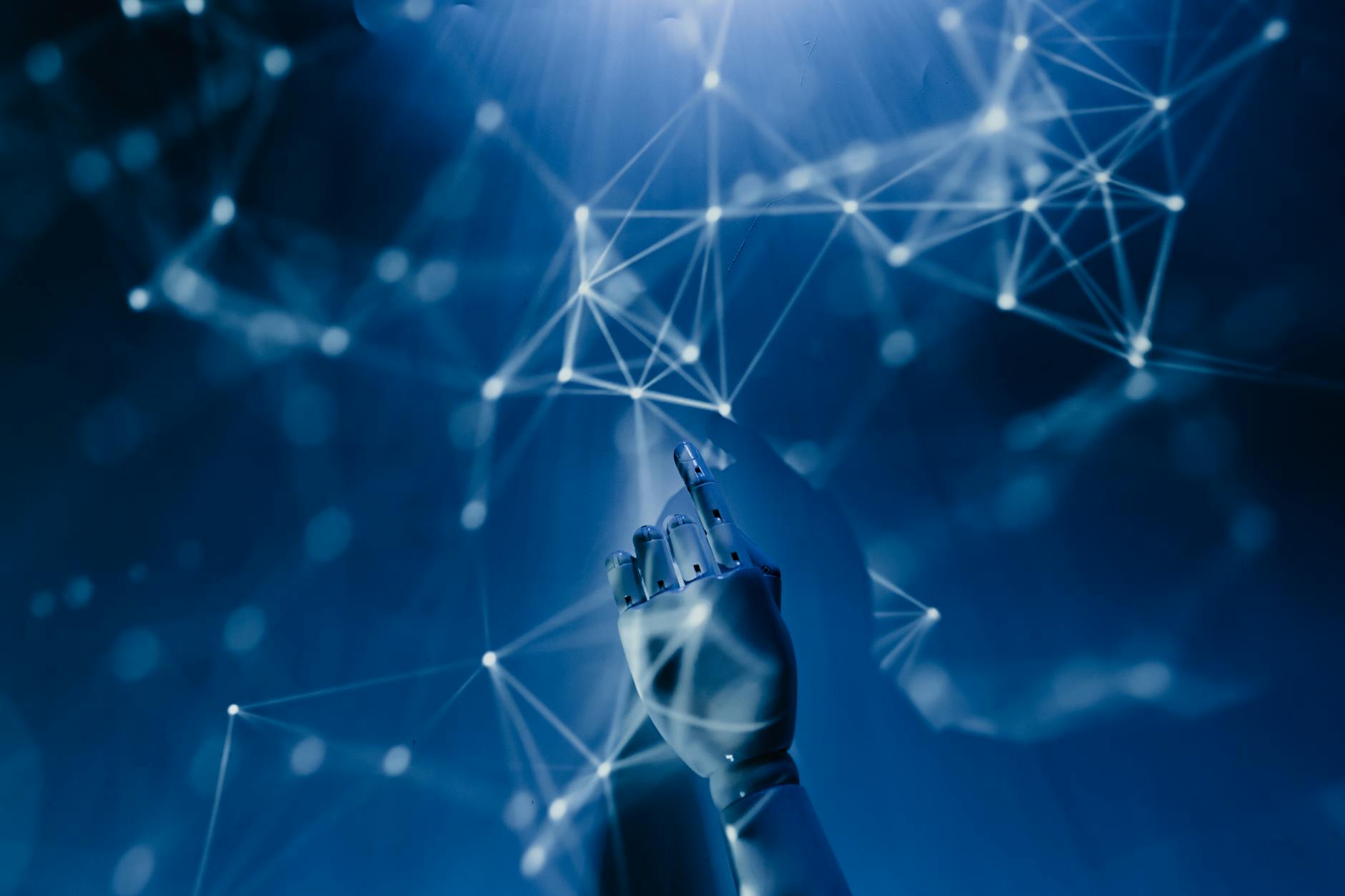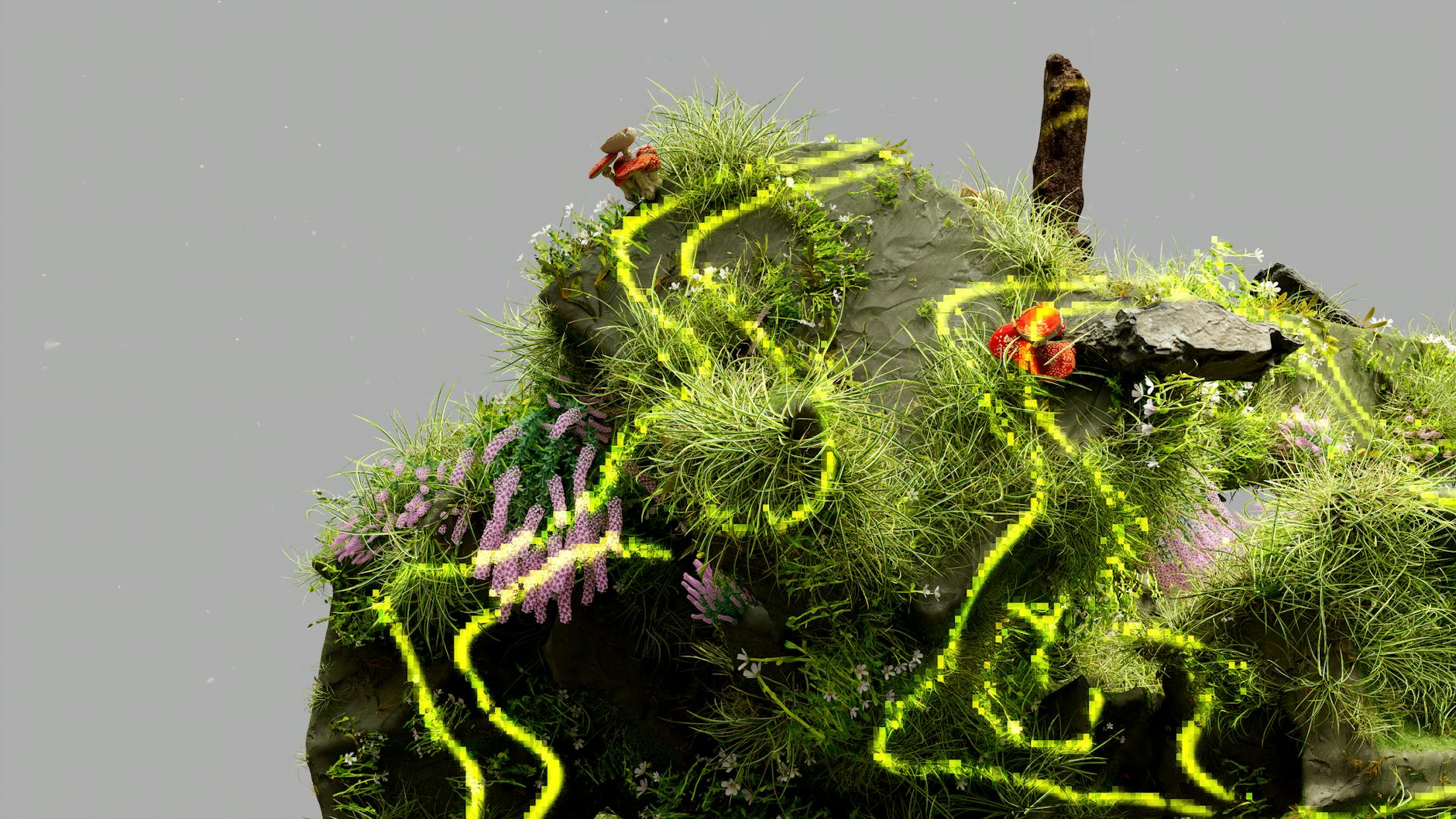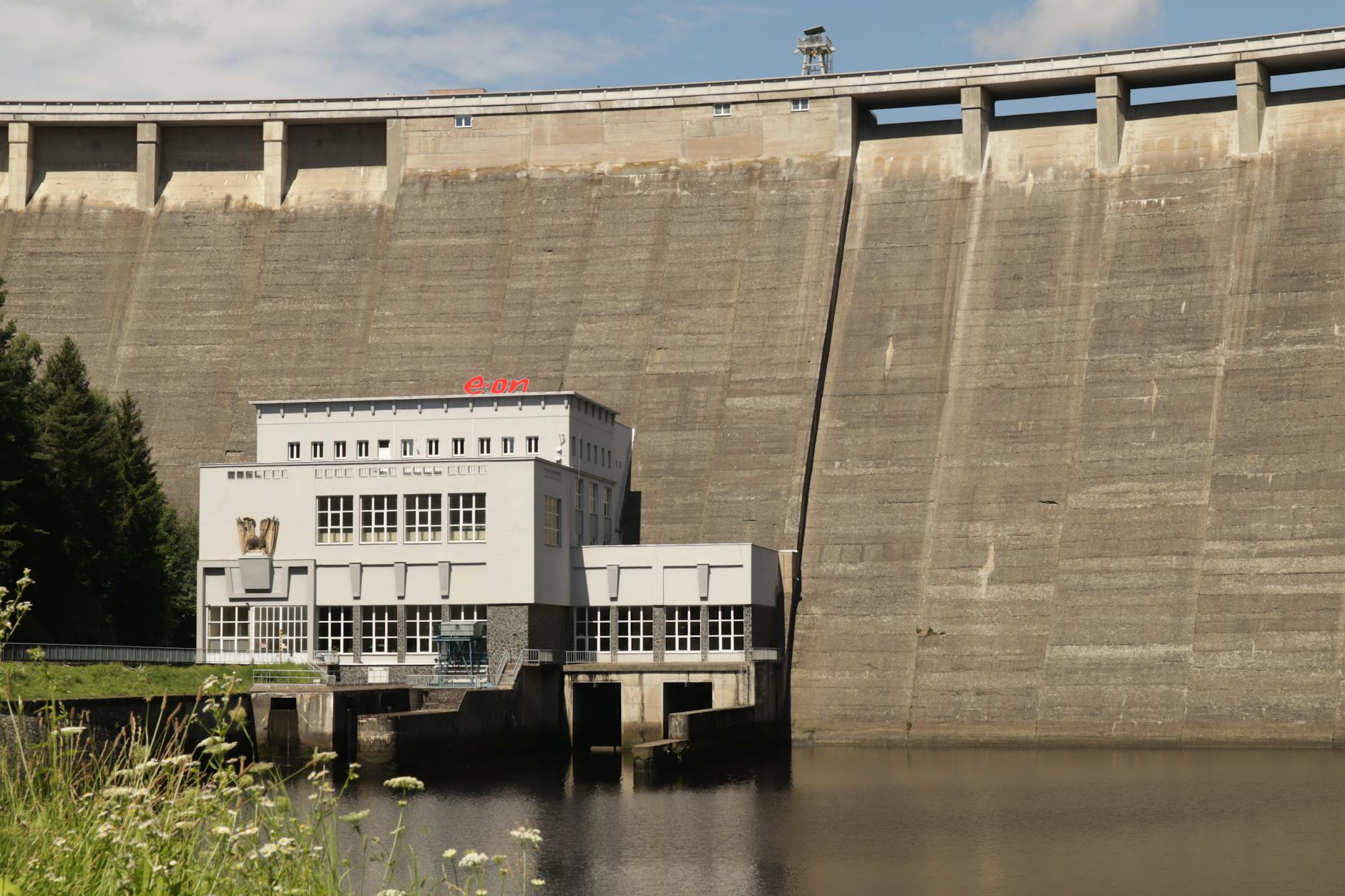Neural Networks: Transforming Robotics with Cutting-Edge Technology
Neural networks have emerged as a crucial technology in transforming the field of robotics. These advanced systems, inspired by the human brain, are revolutionizing the way robots perceive, learn, and interact with their environment. Through the use of neural networks, robots are becoming more intelligent, adaptable, and efficient than ever before. In this article, we will explore how neural networks are revolutionizing robotics and driving innovation in various industries.
The Role of Neural Networks in Robotics
Neural networks, a subset of artificial intelligence (AI), are computational models that mimic the interconnected structure of neurons in the human brain. These networks are composed of layers of interconnected nodes that process information and learn from data through a process known as deep learning. In the context of robotics, neural networks enable machines to perceive their surroundings, make decisions, and perform complex tasks with a level of sophistication that was once thought impossible.
One of the key applications of neural networks in robotics is in computer vision. By utilizing convolutional neural networks (CNNs), robots can analyze visual data in real-time, allowing them to navigate dynamic environments and interact with objects more effectively. This capability is essential for tasks such as autonomous driving, object recognition, and quality control in manufacturing processes.
Enhancing Robot Learning and Adaptability
Neural networks play a vital role in enhancing the learning and adaptability of robots. Through a process called reinforcement learning, robots can improve their performance by receiving feedback from their environment and adjusting their behavior accordingly. This iterative process allows robots to learn complex tasks, such as grasping objects, navigating obstacles, and even playing games with human-like dexterity.
Moreover, neural networks enable robots to transfer knowledge and skills learned in one task to another, leading to improved efficiency and flexibility in various applications. This transfer learning capability is particularly valuable in scenarios where robots need to perform multiple tasks or operate in diverse environments with minimal reprogramming.
Applications of Neural Networks in Robotics
The integration of neural networks in robotics has opened up a wide range of applications across different industries. In the healthcare sector, robots powered by neural networks are assisting surgeons in minimally invasive procedures, enabling more precise and safer operations. These surgical robots can analyze medical images, track surgical instruments, and provide real-time feedback to surgeons, reducing human error and improving patient outcomes.
In the agriculture industry, robotic systems equipped with neural networks are revolutionizing crop management and harvesting processes. These robots can autonomously navigate fields, identify and classify plants, and perform targeted actions such as spraying pesticides or harvesting crops with precision and efficiency. By leveraging neural networks, agricultural robots are enhancing productivity and sustainability in farming practices.
The Future of Robotics with Neural Networks
As neural networks continue to advance, the future of robotics looks promising with even more intelligent and autonomous systems on the horizon. Researchers and engineers are exploring new frontiers in robotics, such as swarm robotics, human-robot collaboration, and unmanned aerial vehicles (UAVs), powered by cutting-edge neural network technologies.
In conclusion, neural networks are reshaping the field of robotics by providing machines with unprecedented capabilities in perception, learning, and decision-making. With the integration of neural networks, robots are becoming more versatile, adaptable, and intelligent, enabling them to perform a wide range of tasks in various industries. The synergy between neural networks and robotics is driving innovation and pushing the boundaries of what is possible in the realm of automation and intelligent machines.


